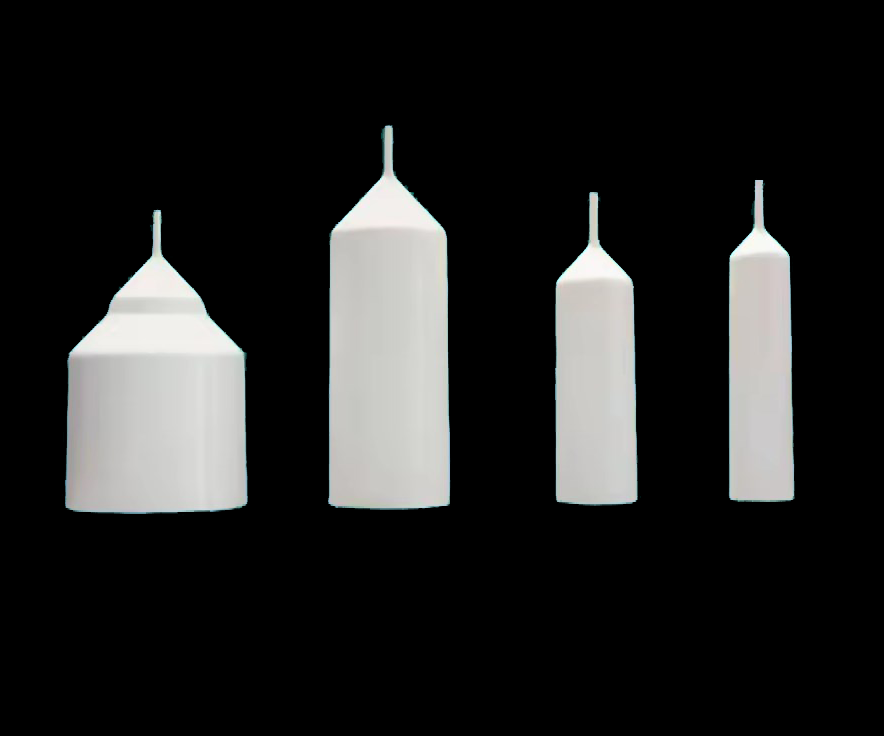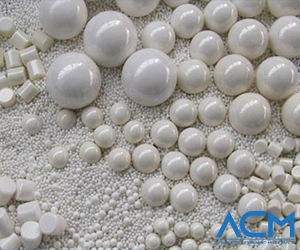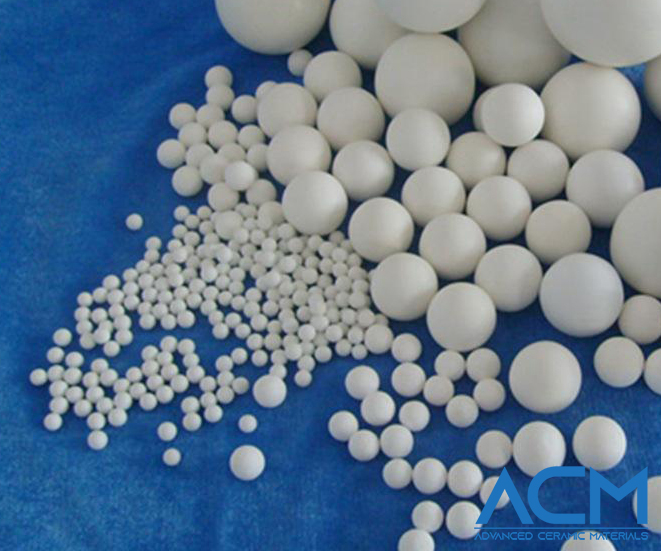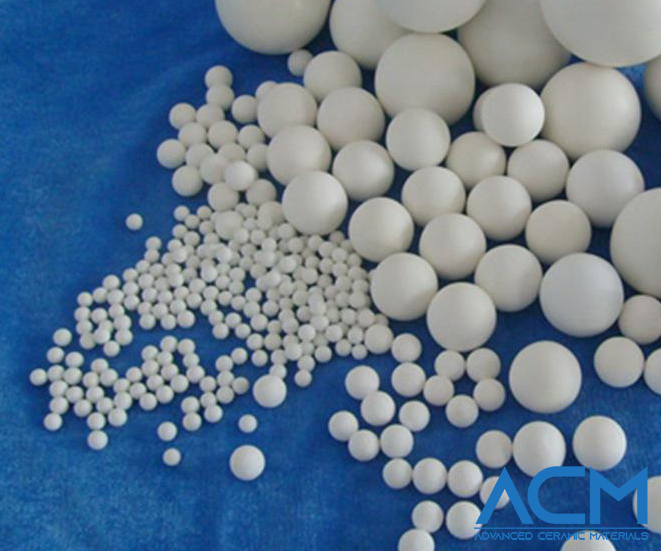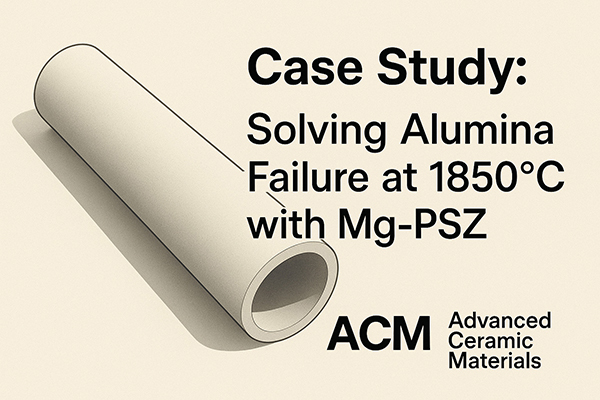Why Alumina Grinding Balls Are Replacing Steel Across Multiple Industries
A few years ago, an engineer at a lithium battery plant made a small change that saved the company millions. They weren’t tweaking a formula or overhauling a production line. They just swapped out the steel grinding balls in their mixing tanks for alumina ones.
That’s it. No grand retooling, no massive investment. Just a few tiny ceramic spheres—each about the size of a peppercorn—that quietly removed metal contamination from their cathode materials, extended battery life, and cut energy usage by nearly a third.
And they’re not alone. Ceramics are quietly taking over grinding operations in some of the world’s most demanding industries—from batteries to bathroom tiles to chemical dispersions.
So, what makes aluminum oxide grinding balls so effective?
Steel Was Never the Right Tool
For years, steel was the go-to media for industrial grinding. It’s cheap. It’s heavy. It gets the job done.
Until it doesn’t.
Steel rusts. It sheds iron into whatever you’re grinding. In some industries, that’s tolerable. In others—like energy storage or high-purity ceramics—it’s a dealbreaker.
In lithium battery production, even trace metal impurities can trigger short circuits or reduce charge cycles. Some manufacturers have tolerances as low as 10 parts per million. Steel doesn’t stand a chance.
Glass beads? Too brittle. Plastic? Too soft. What’s left? The answer lies in a material engineered for extremes: aluminum oxide.
Why Alumina Balls Work Where Others Fail
Alumina (Al₂O₃) is what happens when you take aluminum and oxidize it until it becomes something completely different: a rock-hard, chemically inert ceramic with a melting point above 2000°C.
It’s used in armor plating, semiconductor substrates, and now—grinding media.
-
Hardness: ~Mohs 9. That’s just below diamond.
-
Wear resistance: Outlasts steel by a factor of 5–10.
-
Thermal stability: Handles 1600°C without softening.
-
Chemical resistance: Unfazed by acids, bases, or solvents.
And crucially:
Zero iron contamination. High-purity alumina balls have iron levels <0.01%.
What does that mean in practice? Cleaner products, longer equipment life, fewer do-overs.
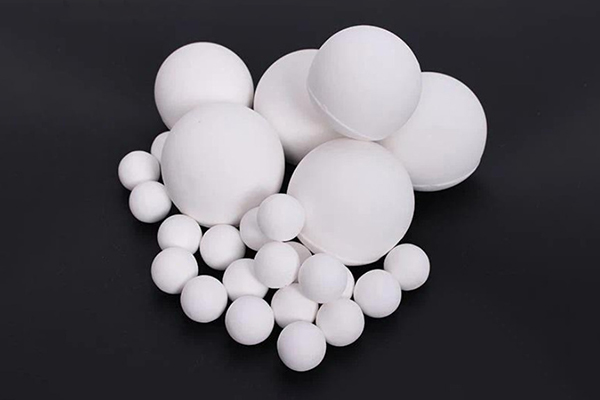
Alumina Grinding Balls Work Not Just Batteries
You’ll find alumina balls working quietly in places you’d never expect:
-
Ceramic tiles and sanitary ware: Glaze must stay white. Steel turns it gray. Alumina keeps it clean.
-
Pigments and paints: High-viscosity slurries full of solvents that would corrode metal balls? No problem. Alumina shrugs them off.
-
Semiconductors: When metal contamination isn’t just bad—it’s catastrophic. Alumina is the only safe choice.
Even the paint on your car or the gloss on your mug may owe its uniform texture to these unassuming ceramic balls.
But Not All Alumina Is Equal
The effectiveness of alumina balls depends on more than just the material. Three factors determine performance in real-world applications:
-
Alumina Content
-
92% grade: Suitable for general grinding in construction or metallurgy
-
99%+ grade: Required for high-purity or high-sensitivity environments like battery materials or electronic ceramics
-
-
Ball Size
-
Recommended sizing: Ball diameter ≈ 5 × target particle size
-
Oversized media increases energy use; undersized reduces grinding force
-
-
Grading Strategy
-
Using a mix of large and small balls improves grinding efficiency
- A common ratio: 60% large balls for coarse reduction, 40% small balls for fine milling
-
Back to That Battery Plant...
After switching from steel to alumina, they didn’t just fix their contamination problem.
-
Grinding time dropped from 8 to 5 hours.
-
Energy consumption went down 30%.
-
Cathode purity went up.
-
Cycle life improved.
They were no longer fighting their process. They were letting their materials do what they’re supposed to do.
That’s the quiet power of the right tool.
Conclusion
Advanced Ceramic Materials now offers a wide range of Al₂O₃ balls in varying purities, densities, and sizes to suit different industrial needs. As industries raise their standards for quality, safety, and process control, alumina grinding balls are increasingly becoming a standard, not a specialty.
{{item.content}}
LEVE A REPLY
{{item.children[0].content}}
{{item.content}}
LEAVE A REPLY
SUBSCRIBE OUR NEWSLETTER
- Boron Nitride Powder Enhancing Biopolymers for Sustainable Applications
- What Are Structural Ceramics and Why Are They Important?
- N-Type and Semi-Insulating SiC: Choosing the Right Material for Power and RF Devices
- Alumina Bearing Balls: How a Tiny Ceramic Sphere Is Redefining Precision in Extreme Environments
- Thermal Management in Power Electronics with Hexagonal Boron Nitride





